When selling a home, the condition and style of your flooring play a huge role in attracting buyers. While some flooring trends remain timeless, others have fallen out of favor and can make a home feel dated. Buyers often want spaces that feel fresh, modern, and easy to maintain, and outdated flooring can suggest neglect or extra renovation work. Understanding which flooring types may turn buyers away is crucial if you want to make a strong impression and maximize your home’s value. Here are ten flooring choices that can potentially push buyers away.
1. Shag Carpeting
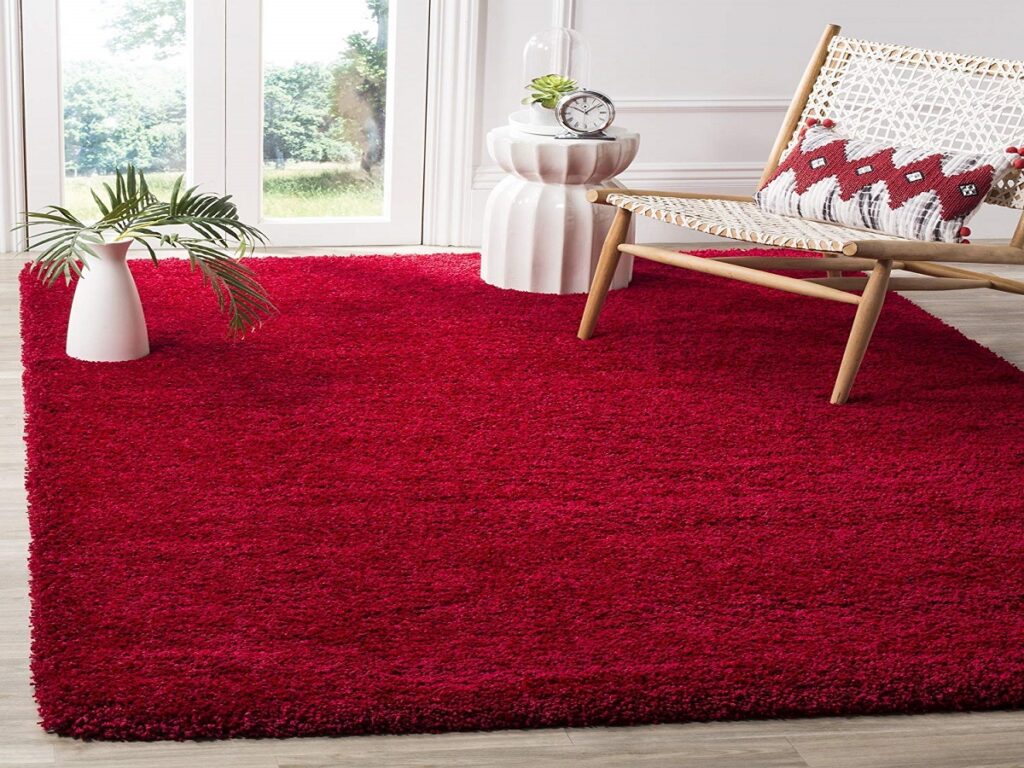
Shag carpeting, popular in the 1970s and early 1980s, is characterized by its long, plush fibers. While once considered cozy and luxurious, shag carpets now feel outdated and difficult to maintain. Buyers often see this flooring as high-maintenance because it traps dust, allergens, and debris deep within the fibers. Additionally, it can look worn or matted over time, even with regular cleaning. Modern buyers prefer low-pile carpets or hard surfaces, making shag carpeting a feature that can detract from a home’s overall appeal.
2. Dark Wall-to-Wall Carpeting
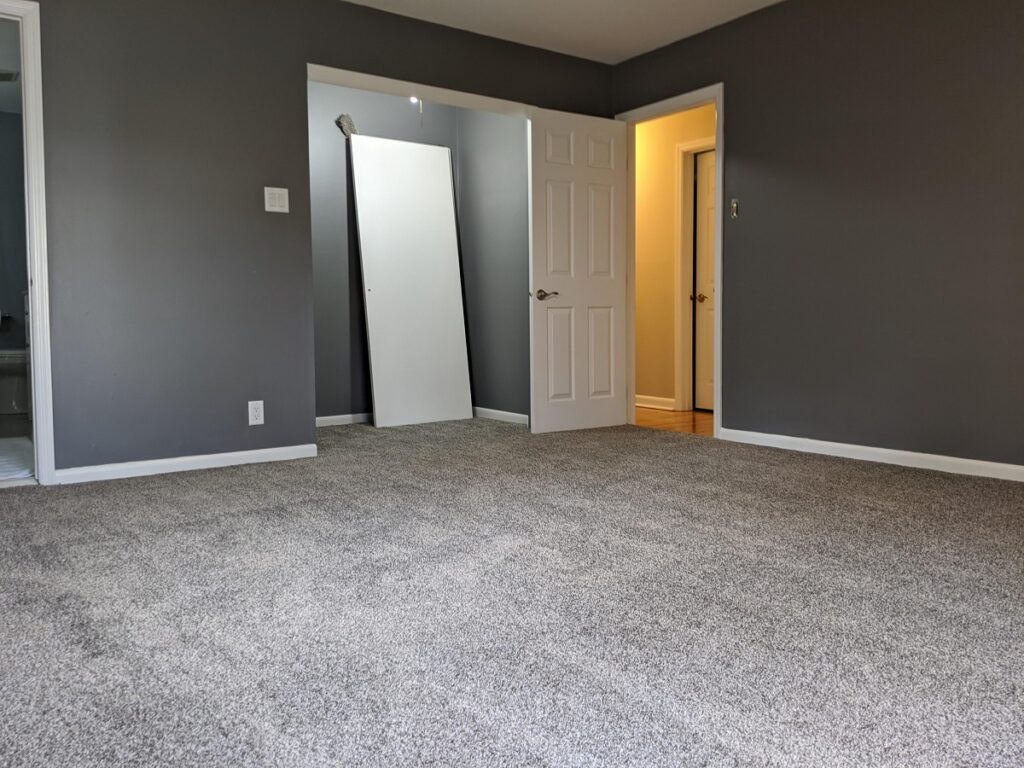
Wall-to-wall carpeting in deep browns, dark greens, or navy was trendy in the 1980s and 1990s. However, these dark shades can make rooms feel smaller, gloomy, and dated. They are also challenging to keep looking clean, especially in high-traffic areas. Many buyers today favor light, neutral tones that brighten a space and make it feel larger and more inviting. As a result, homes with dark wall-to-wall carpeting can be less appealing, prompting potential buyers to imagine costly updates.
3. Patterned Linoleum
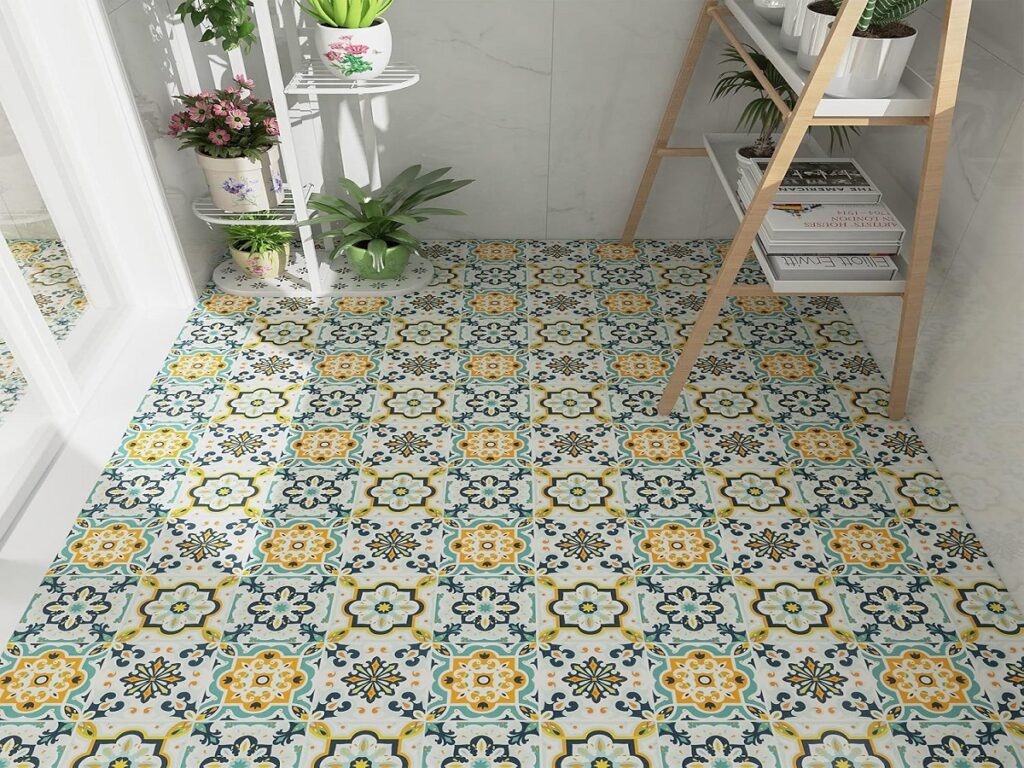
Linoleum was widely used in mid-century kitchens and bathrooms for its affordability and durability, often featuring bold geometric or floral patterns. While practical at the time, patterned linoleum can now feel outdated and clash with contemporary design trends. Modern buyers usually prefer sleek, neutral surfaces like vinyl planks, tile, or laminate, which mimic natural textures while remaining low-maintenance. Patterned linoleum may give the impression that the home hasn’t been updated in decades, discouraging buyers who want a modern, clean look.
4. Vinyl Tiles with Gold or Beige Hues
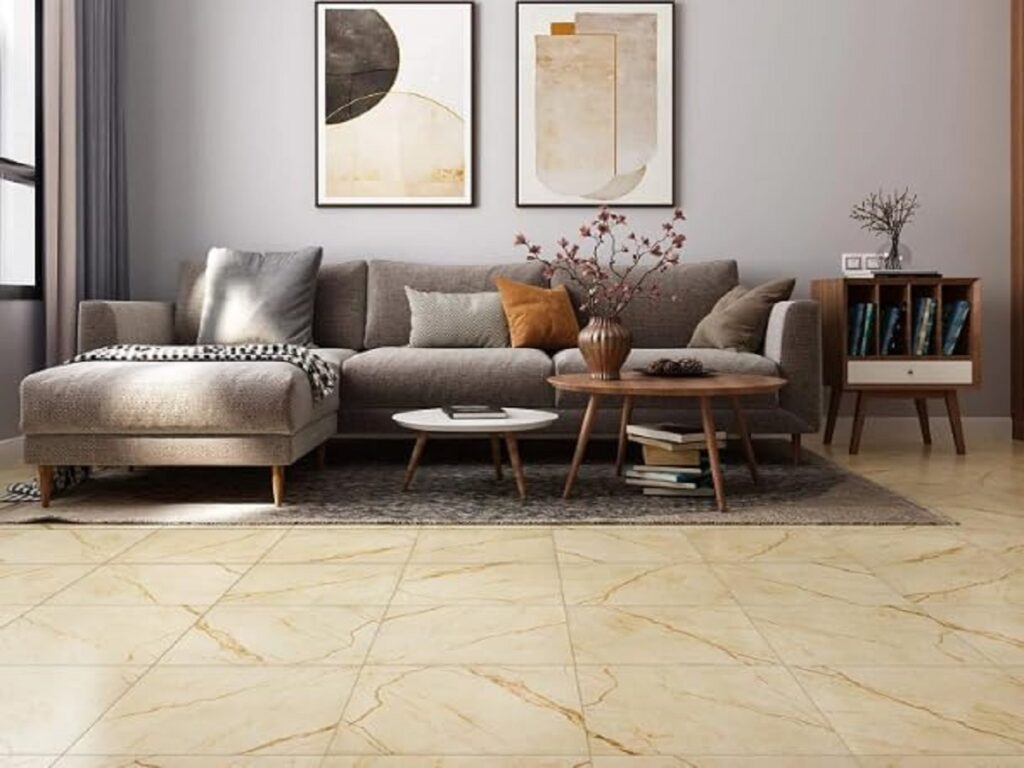
Vinyl tiles in mustard yellow, gold, or beige were popular in the 1970s and early 1980s. These colors can feel dated and clash with current neutral design palettes. Even when in good condition, they can make spaces appear old-fashioned and out of style. Buyers often look for flooring that complements a variety of decor choices, and colored vinyl tiles can feel restrictive. Replacing outdated vinyl tiles with modern alternatives such as luxury vinyl plank or ceramic tiles is often necessary to improve market appeal.
5. Wall-to-Wall Carpeting in Bathrooms
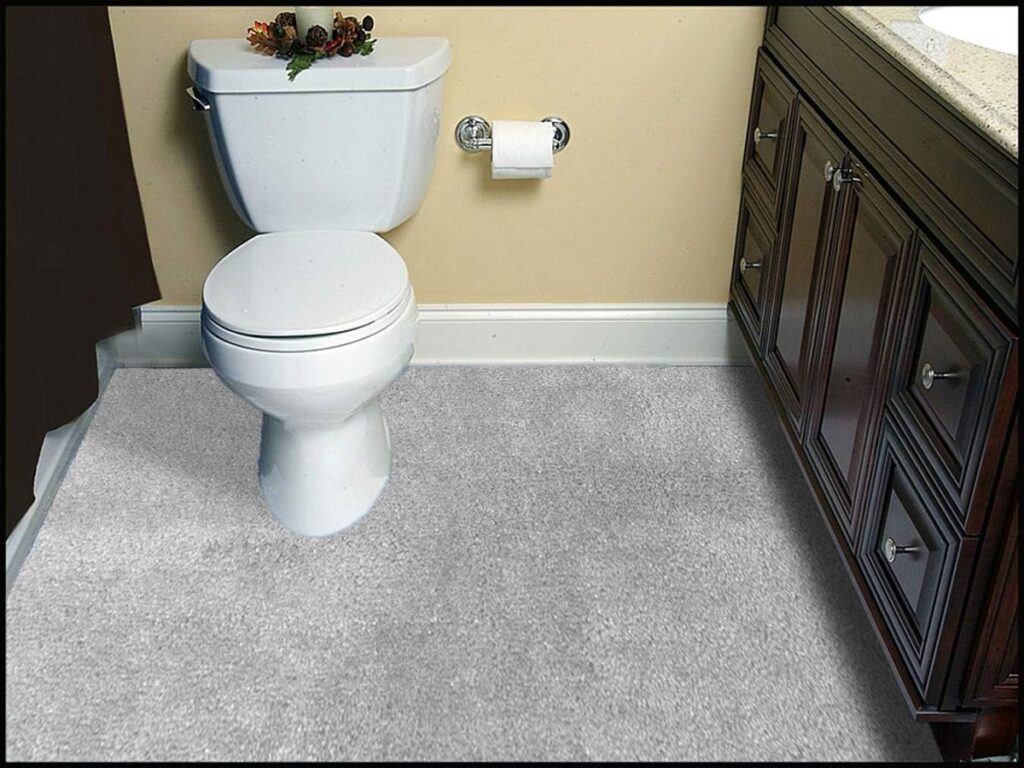
Installing wall-to-wall carpeting in bathrooms was a trend in the 1960s and 1970s, believed to add warmth underfoot. However, carpets in bathrooms absorb moisture, develop mold or mildew, and are difficult to sanitize. Most modern buyers expect bathrooms to have water-resistant flooring like tile, stone, or waterproof vinyl. Bathrooms with carpet can raise concerns about hygiene and maintenance, potentially turning buyers away or lowering offers, even if the rest of the home is updated and well-maintained.
6. Cork Flooring with Heavy Discoloration
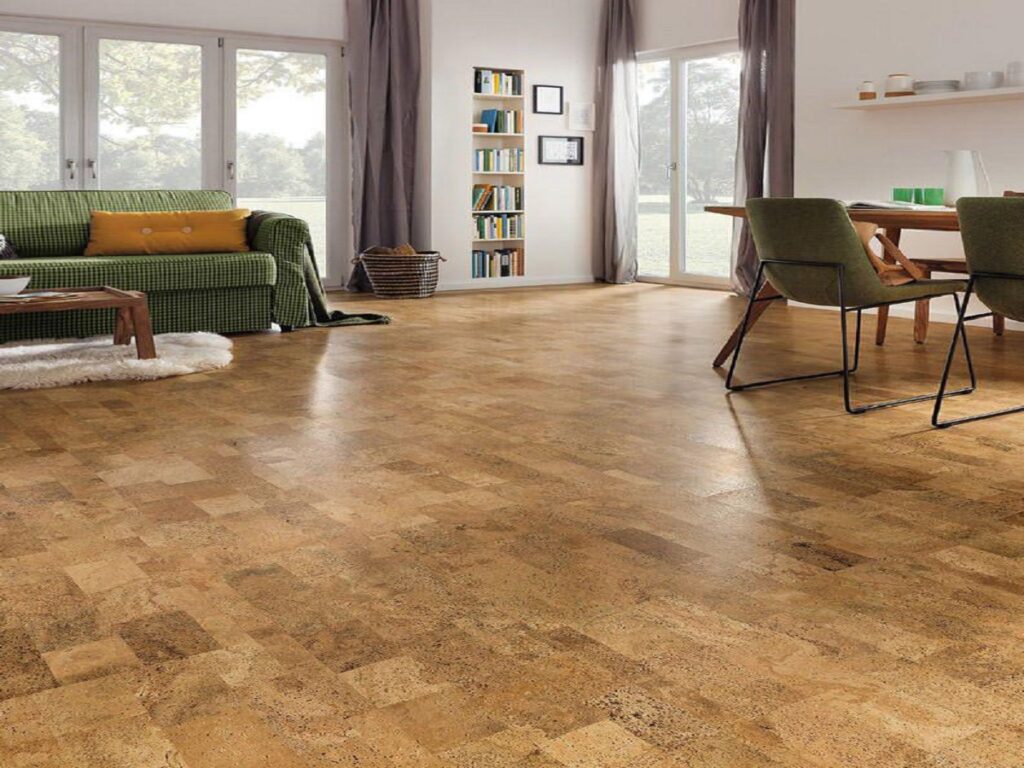
Cork flooring gained popularity in the 1980s for its natural feel and comfort. While eco-friendly and soft, cork is prone to discoloration, dents, and water damage if not properly sealed. Over time, it can develop a patchy, uneven appearance that looks worn and aged. Buyers today often prefer flooring options that offer durability and low maintenance, such as hardwood, laminate, or tile. Cork flooring in poor condition can suggest neglect and create a perception that replacing it will be an expensive necessity.
7. Brick or Tile in Living Spaces
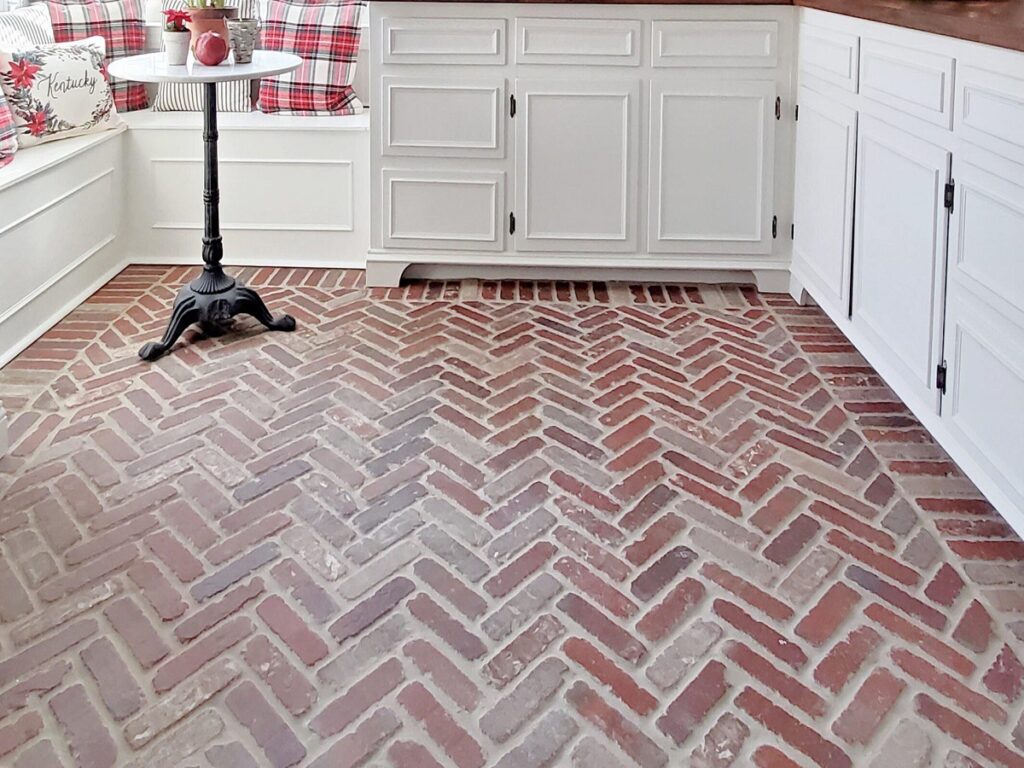
Brick or ceramic tiles were occasionally installed in entire living rooms in the mid-20th century for a rustic or Southwestern aesthetic. While durable, these surfaces can feel cold, hard, and outdated for a central living area. Modern buyers typically seek warmth and comfort, favoring hardwood, laminate, or even plush carpet for living rooms. Brick and tile floors in these areas can be visually jarring or out of sync with contemporary interior trends, making the home feel less welcoming or cozy.
8. Carpet in Kitchens
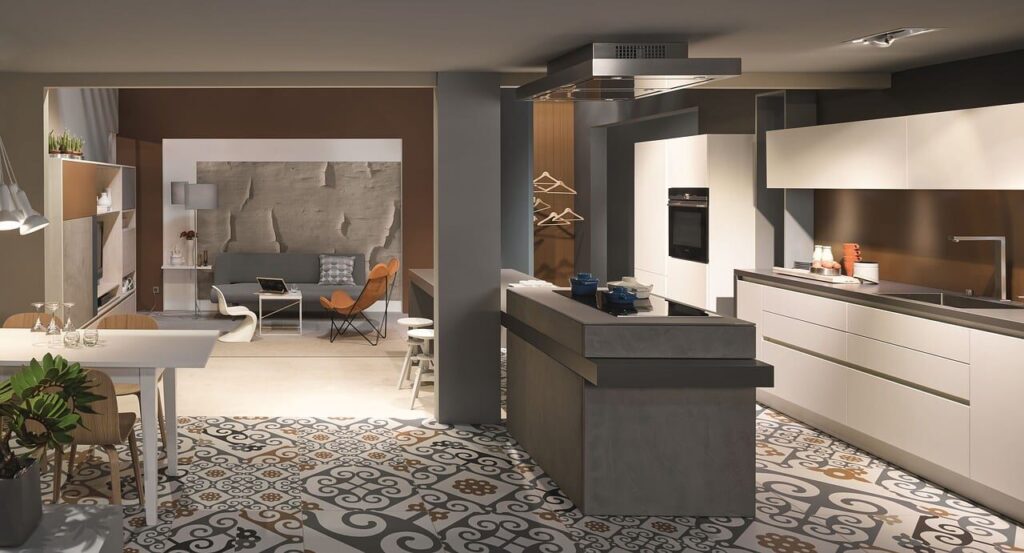
Carpeted kitchens were once seen as comfortable and quiet, but they are now widely considered impractical. Spills, crumbs, and grease stains make cleaning difficult, and buyers often worry about hygiene. Hardwood, tile, or luxury vinyl plank is preferred for kitchen areas due to durability and easy maintenance. Homes with carpeted kitchens can give the impression that they haven’t been updated in decades, potentially reducing appeal. Even a minor update to a hard, cleanable surface can significantly improve buyer interest.
9. Laminate with Glossy, Reflective Surfaces
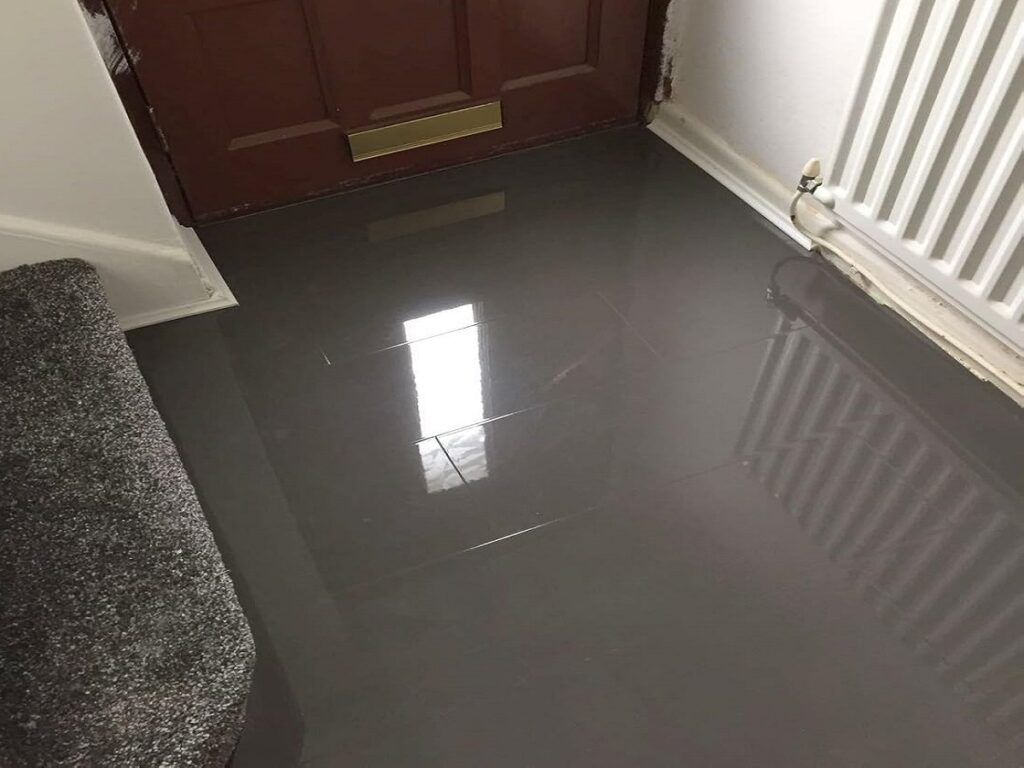
High-gloss laminate flooring was trendy in the early 2000s, touted for its shine and affordability. However, overly reflective laminate can look artificial, show scratches easily, and highlight dust or imperfections. Buyers now favor matte or textured finishes that mimic natural wood or stone, giving a more authentic, high-quality feel. Glossy laminate can make a home appear outdated or low-end, even if the underlying structure is solid. Updating this flooring can help align the property with current buyer expectations.
10. Colored Concrete Floors
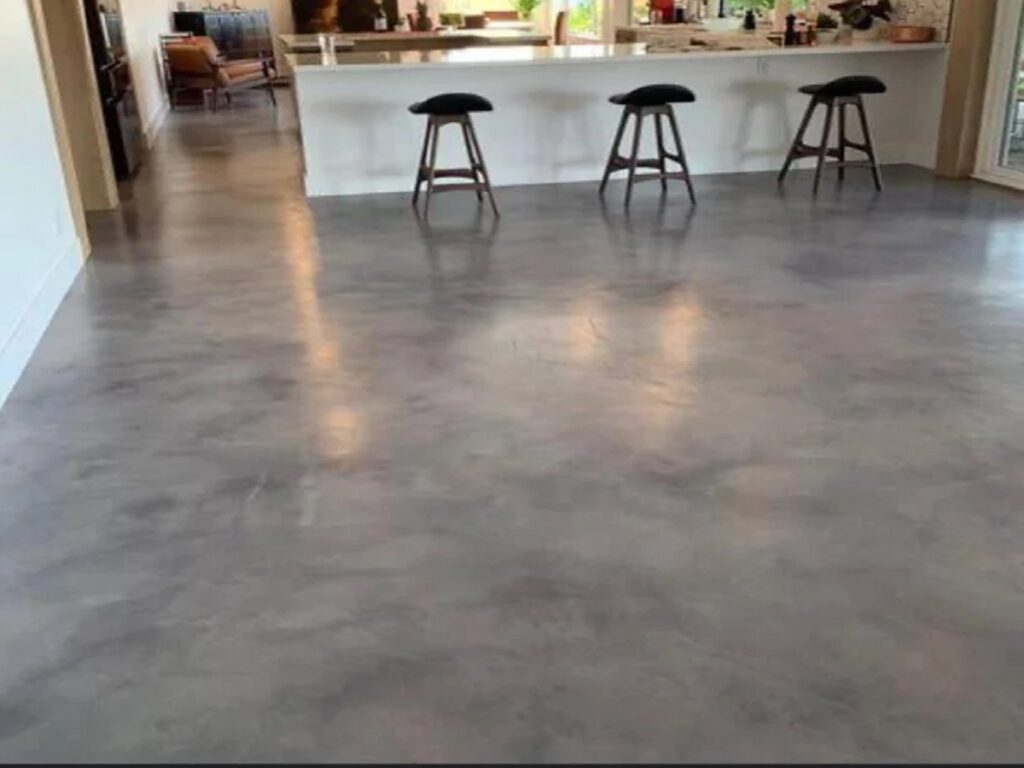
Exposed or colored concrete floors, common in mid-century modern homes, can feel industrial and cold if not styled carefully. While durable and low-maintenance, they often lack the warmth or comfort that buyers associate with living spaces. Brightly colored concrete, in particular, may clash with contemporary decor or appear dated. Modern buyers often prefer neutral-toned hardwood, tile, or polished concrete with subtle finishes. Homes with harshly colored concrete flooring can feel less inviting, prompting buyers to envision costly replacements.
Comments